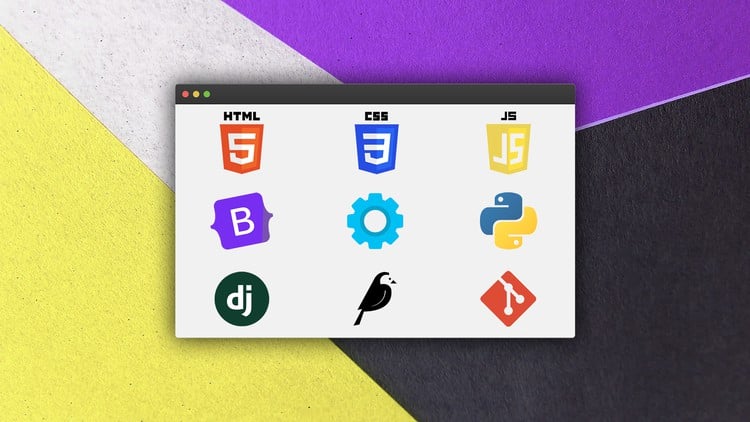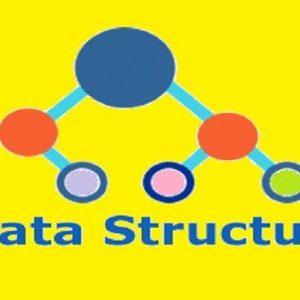Description
Key Topics Covered
- HTML & CSS
- Structure of webpages using HTML (HyperText Markup Language)
- Styling and layout with CSS (Cascading Style Sheets)
- Responsive design and media queries
- Flexbox and CSS Grid for layout management
- CSS animations and transitions
- JavaScript
- Introduction to JavaScript programming
- Variables, data types, and operators
- Functions, loops, and conditionals
- DOM (Document Object Model) manipulation
- Event handling (click, hover, etc.)
- Asynchronous programming with callbacks, promises, and async/await
- JavaScript frameworks and libraries (e.g., React.js)
- Version Control with Git & GitHub
- Introduction to Git for version control
- Git commands (commit, push, pull, branch, merge)
- GitHub for remote repositories and collaboration
- Managing codebase versions and collaboration in teams
- Frontend Frameworks
- React.js (or alternatives like Angular, Vue.js)
- Component-based architecture
- State management (e.g., Redux or Context API in React)
- JSX (JavaScript XML) syntax and usage
- Routing and navigation in single-page applications (SPA)
- Backend Development
- Node.js and Express.js for building server-side applications
- RESTful APIs and HTTP methods (GET, POST, PUT, DELETE)
- Working with databases (SQL vs NoSQL)
- CRUD operations (Create, Read, Update, Delete)
- Authentication and authorization (OAuth, JWT)
- Server deployment and hosting
- Databases
- Introduction to SQL databases (e.g., PostgreSQL, MySQL)
- Introduction to NoSQL databases (e.g., MongoDB)
- Querying databases with SQL and MongoDB query language
- Data modeling and relationships between data
- Full-Stack Development
- Integration of front-end and back-end development
- Fetching and displaying data from a server to a UI
- Handling user input and form submission
- Deploying full-stack applications (using platforms like Heroku, Netlify, AWS)
- Introduction to authentication and authorization systems
- Web Security
- Basics of web application security (XSS, CSRF, SQL Injection)
- Secure coding practices
- User authentication (e.g., using bcrypt, hashing passwords)
- HTTPS, TLS/SSL, and securing data transmission
- Project Development & Deployment
- Building projects (e.g., portfolio websites, task managers, e-commerce websites)
- Testing and debugging web applications
- Continuous Integration (CI) and Continuous Deployment (CD)
- Final project that demonstrates full-stack skills
- Development Tools & Best Practices
- Working with text editors (VS Code, Sublime Text)
- Debugging and troubleshooting code
- Code quality, clean code principles, and best practices
- Basic knowledge of agile development methodologies
Course Objectives
The main objectives of a Web Development Bootcamp are to:
- Master Fundamental Web Technologies: Equip students with the foundational knowledge of HTML, CSS, JavaScript, and how they work together to build interactive, responsive websites.
- Understand Front-End & Back-End Development: Teach students both front-end development (creating interactive user interfaces) and back-end development (handling server-side logic, databases, and API communication).
- Build Full-Stack Applications: Enable learners to combine their front-end and back-end knowledge to develop fully functioning, full-stack web applications from scratch.
- Create Real-World Projects: Provide hands-on experience with projects that mimic real-world applications, giving students the opportunity to showcase their skills to future employers.
- Version Control & Collaboration Skills: Introduce version control with Git and GitHub, teaching students how to manage code changes, collaborate with teams, and handle version history.
- Introduce Best Development Practices: Emphasize clean code principles, debugging, testing, and using modern development tools to build scalable, maintainable software.
- Prepare for Job Readiness: Help students prepare for junior web developer roles by learning essential interview skills, portfolio-building, and understanding the latest web technologies and trends.
- Deployment & Hosting Skills: Enable students to deploy their applications to live environments using cloud services and hosting platforms, ensuring they know how to make their apps accessible to users on the web.






Reviews
There are no reviews yet.